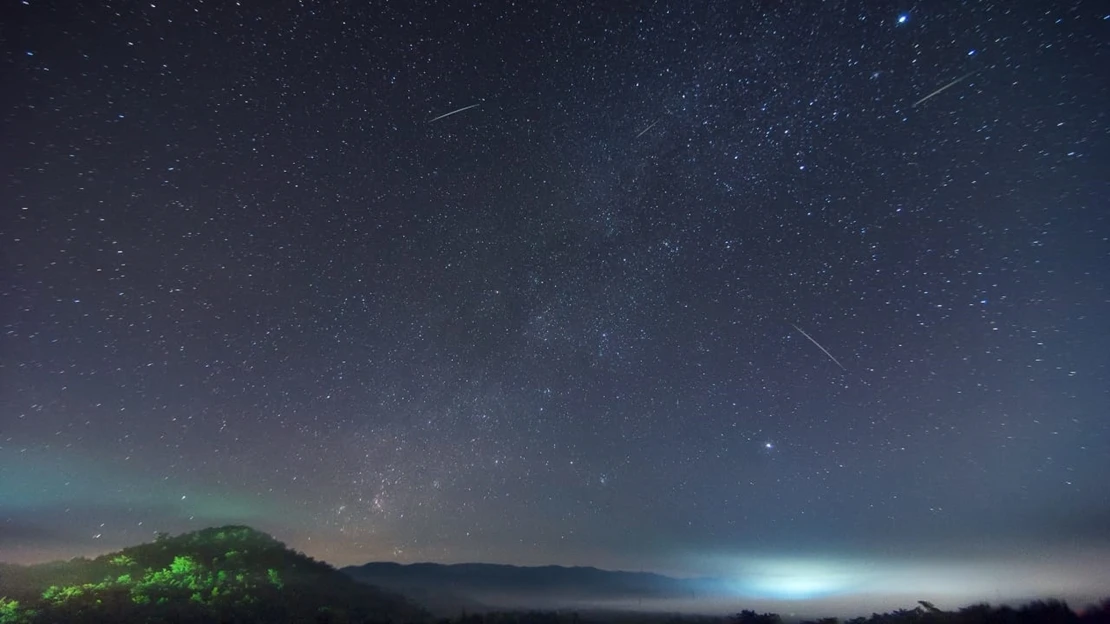Leonids meteor shower: how and when to see them – Extremadura7dias.com

The Leonid meteor shower is an annual astronomical event that occurs in mid-November, with peak activity this weekend, especially the last day and 17 November of this year, notes Eltiempo.es.
Unlike other meteor showers, the Leonids have a unique feature: approximately every 33 years, this meteor shower experiences a “meteor storm,” a phenomenon in which the number of visible meteors per hour increases dramatically, offering observers a spectacular spectacle.
This phenomenon is associated with the orbit of Comet Tempel-Tuttle, which leaves a trail of particles in its wake as it passes through the Solar System. As the Earth passes through this trail, the particles enter our atmosphere and become bright meteors that can be seen from the Earth’s surface.
This astronomical event has fascinated humanity since ancient times and remains a key moment for stargazing enthusiasts.
When to watch the Leonids in 2024
In 2024, the Leonids meteor shower will be active from November 6 to 30, peaking on the night of November 16 to 17.
On this night, experts estimate the rate of activity to be around 15-20 meteors per hour, although this number may vary depending on the atmosphere and viewing conditions.
This year, observing conditions will be somewhat more complicated due to the coincidence of the peak of the meteor shower with the full moon.
The Moon’s intense light can outshine many of the faintest meteors, so looking for specific methods and times is recommended for best viewing. Experts advise starting observations when the Moon is close to the horizon or behind some natural obstruction, such as trees or buildings, that could dim its brightness.
This will allow the light of meteors to be better captured, especially in the pre-dawn hours when the constellation Leo, from which the Leonids appear to emanate, is highest in the sky.
Where to look for the Leonids in the sky?
The radiant of the Leonid meteor shower, or the point in the sky from which it appears to originate, is in the constellation Leo, hence its name.
However, you don’t have to look directly at this constellation, as meteors can appear anywhere in the sky.
To fully enjoy a meteor shower, it is ideal to be in an area with an open view of the sky and away from artificial light.
